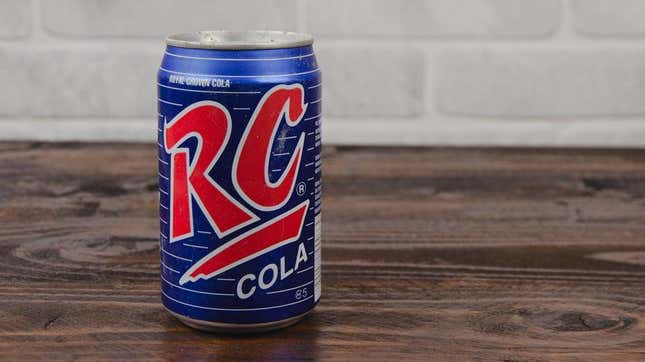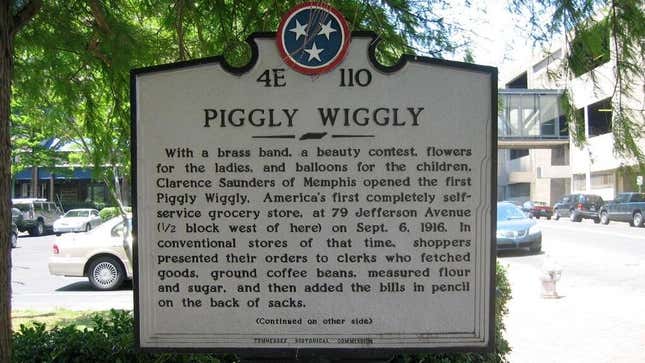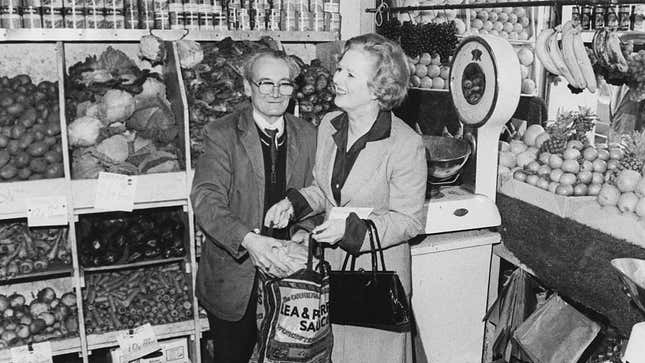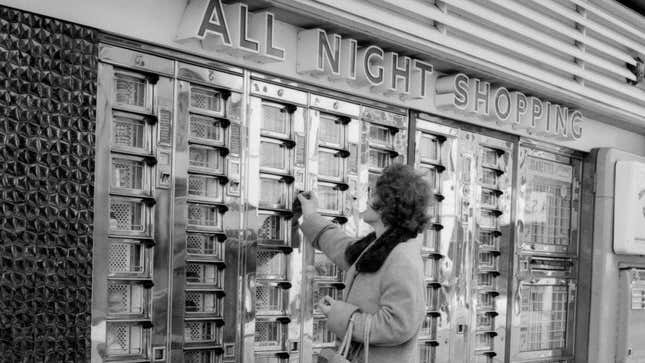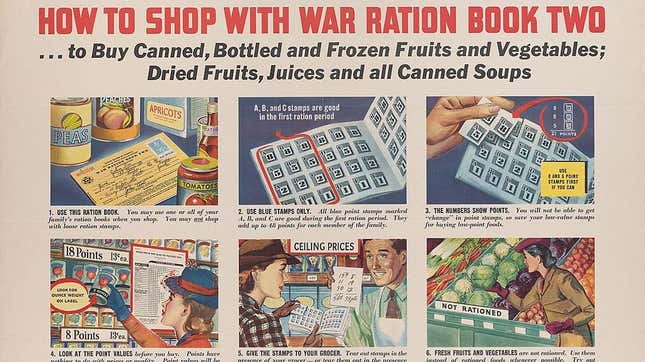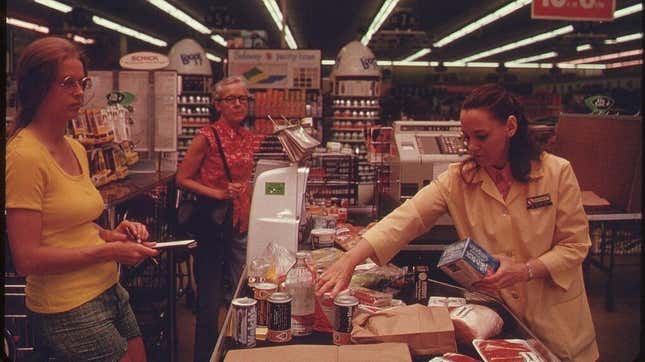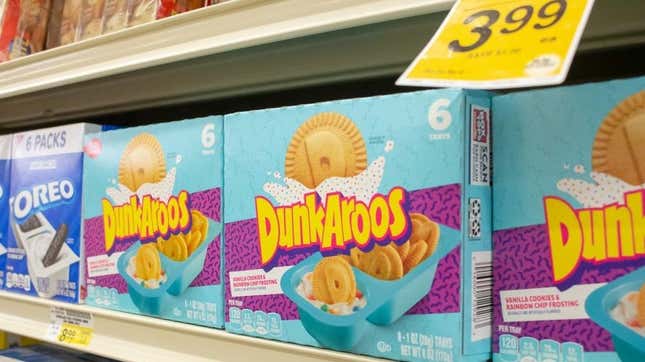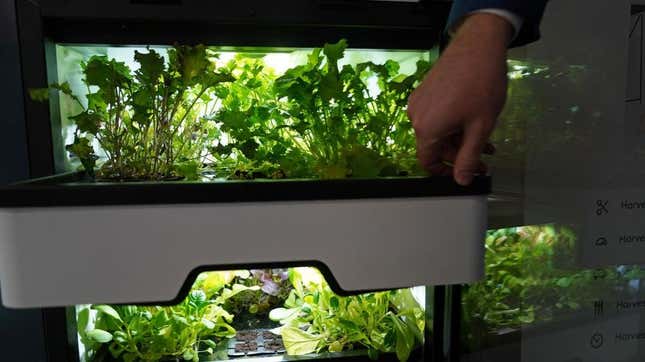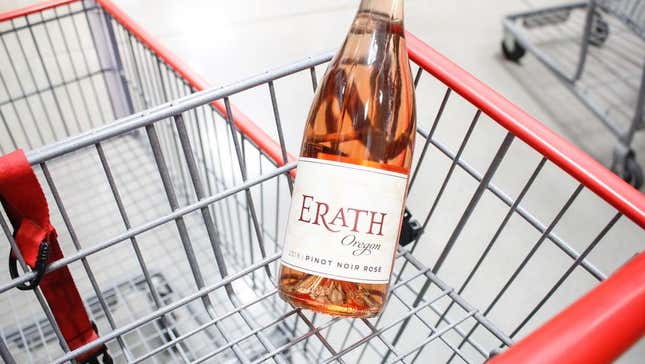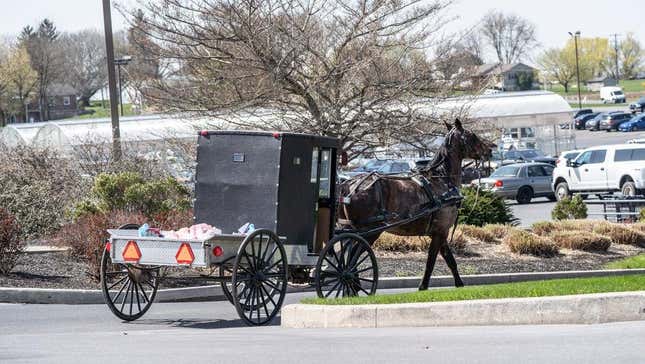
For most people, grocery stores are just big rooms in which you collect food and get annoyed by little kids. But look past the shelf facings and you’ll soon find they are much more than that. Grocery stores are the site of many great innovations; so much history has transpired and so many fascinating facts can be unearthed there. You may have seen our ode to the history of the shopping cart, but there’s lots more to uncover—let’s browse through some of it now. Here are 10 surprising facts about grocery stores.
